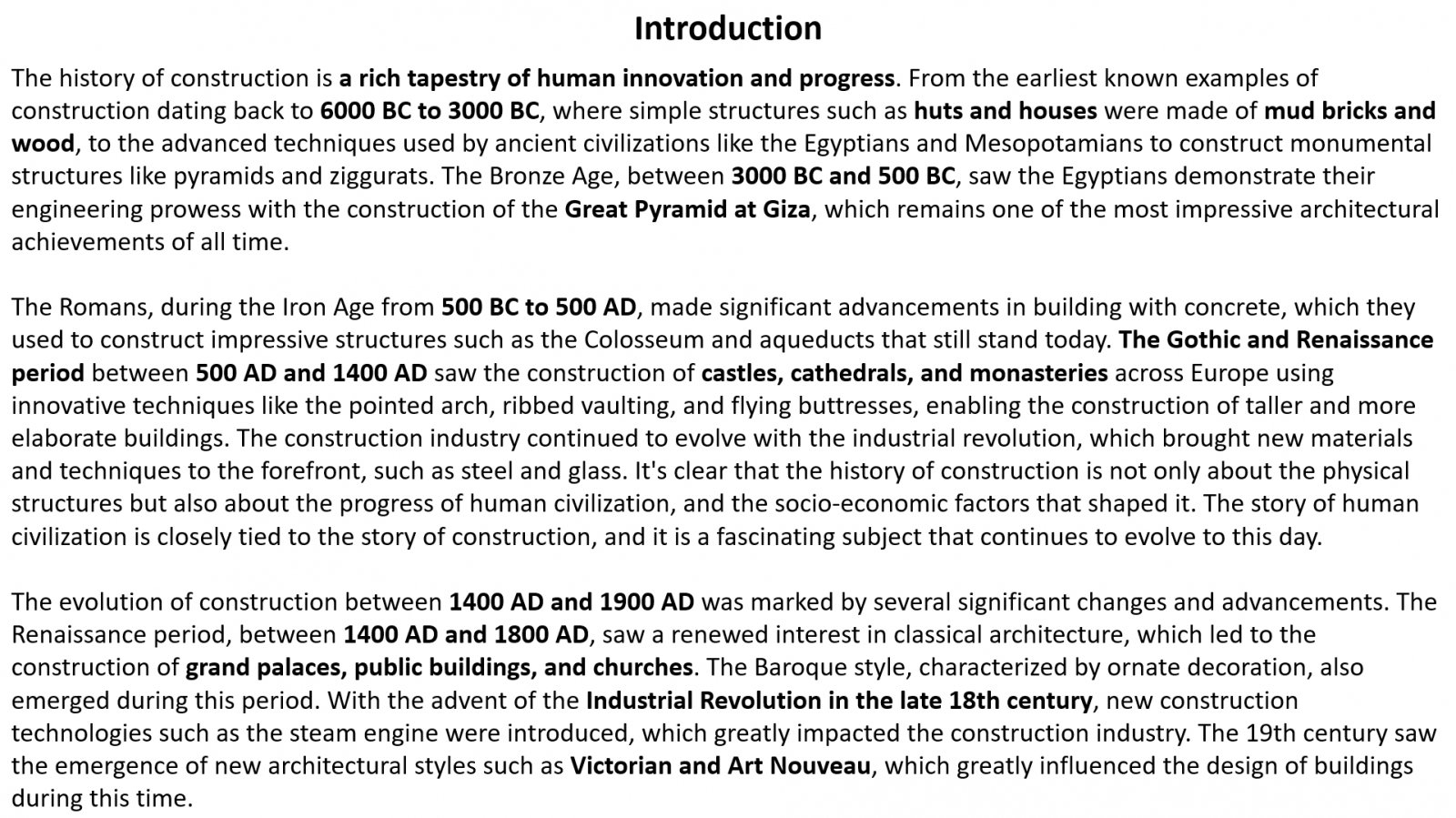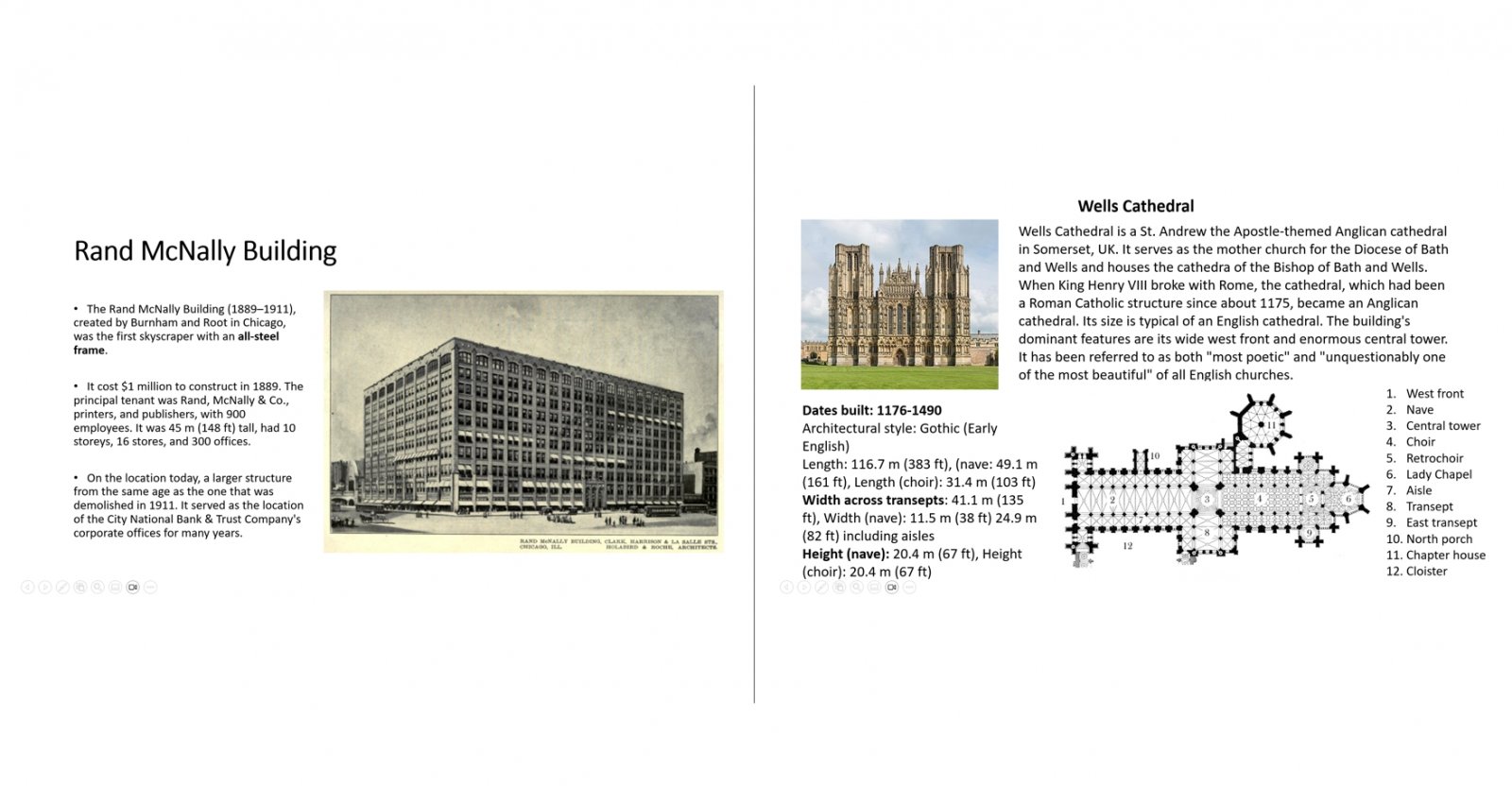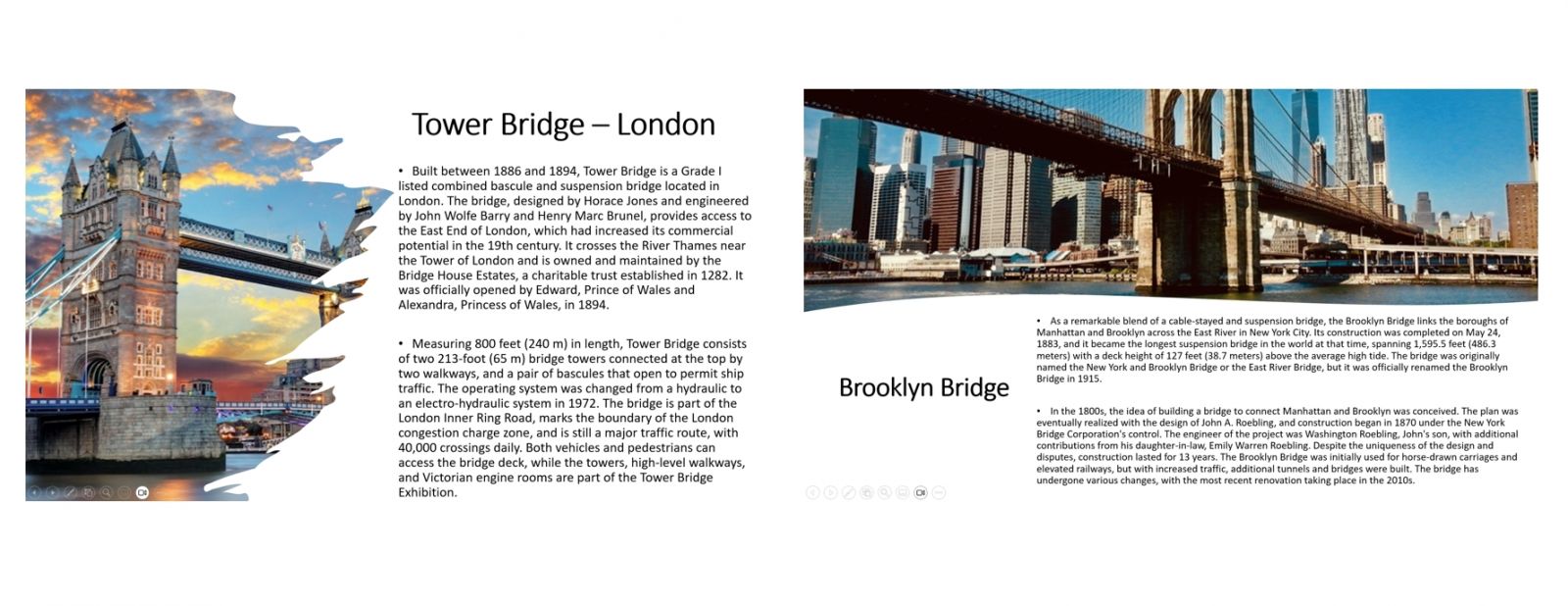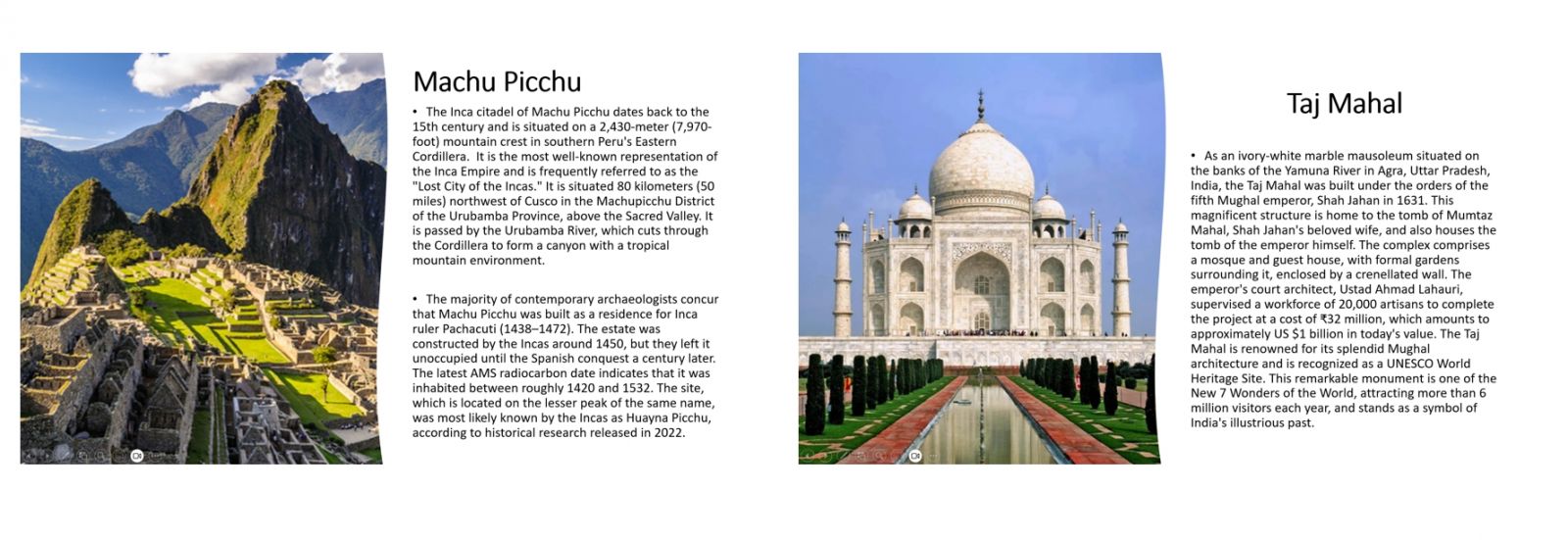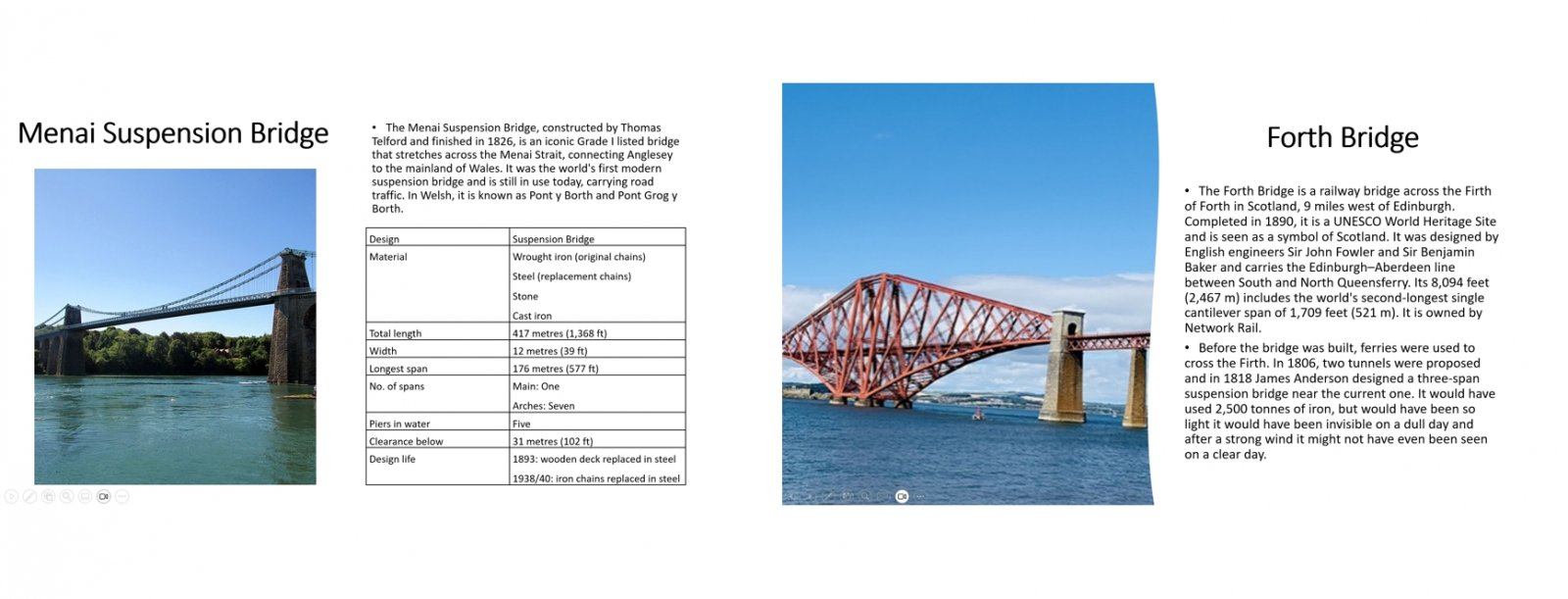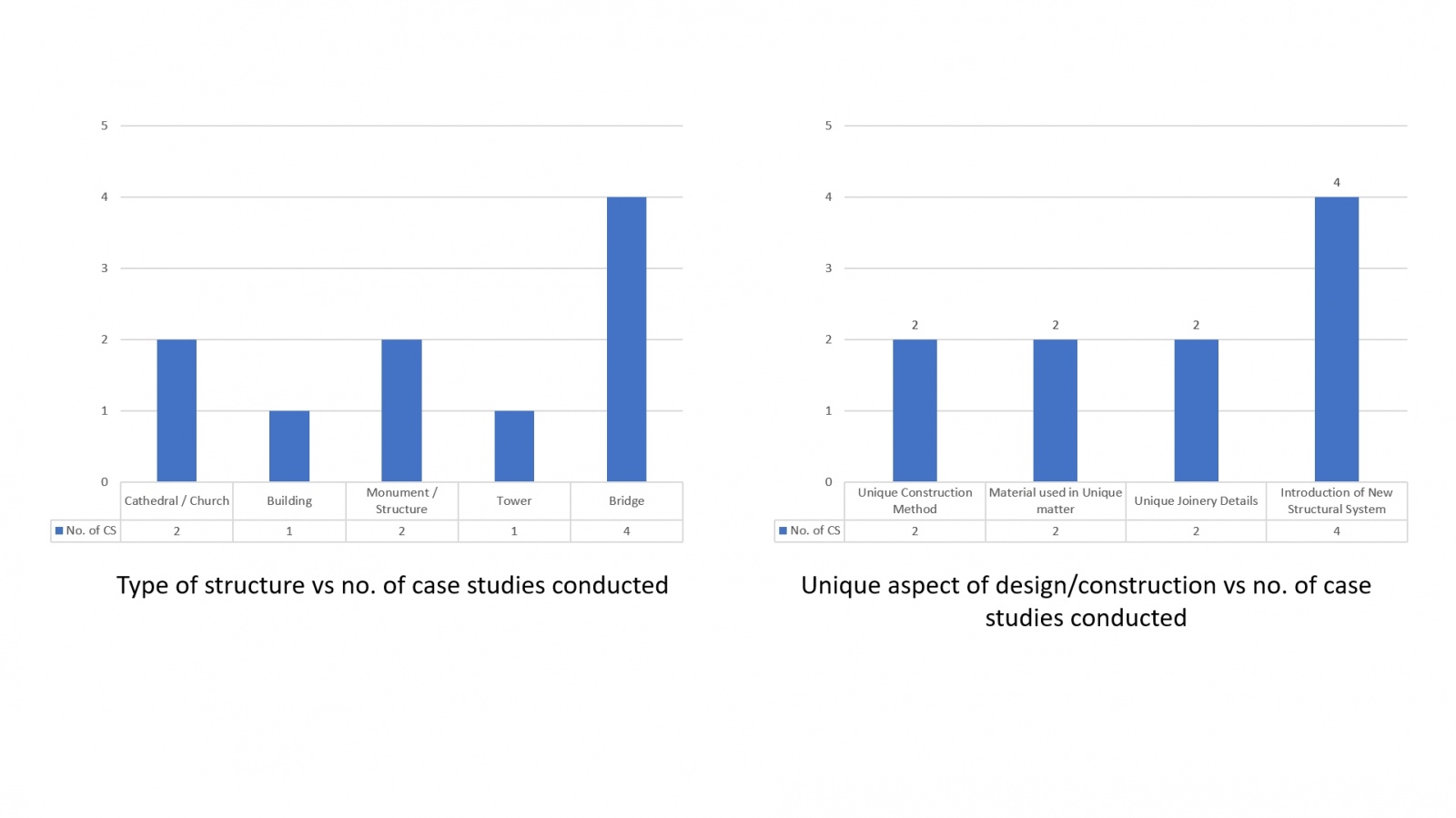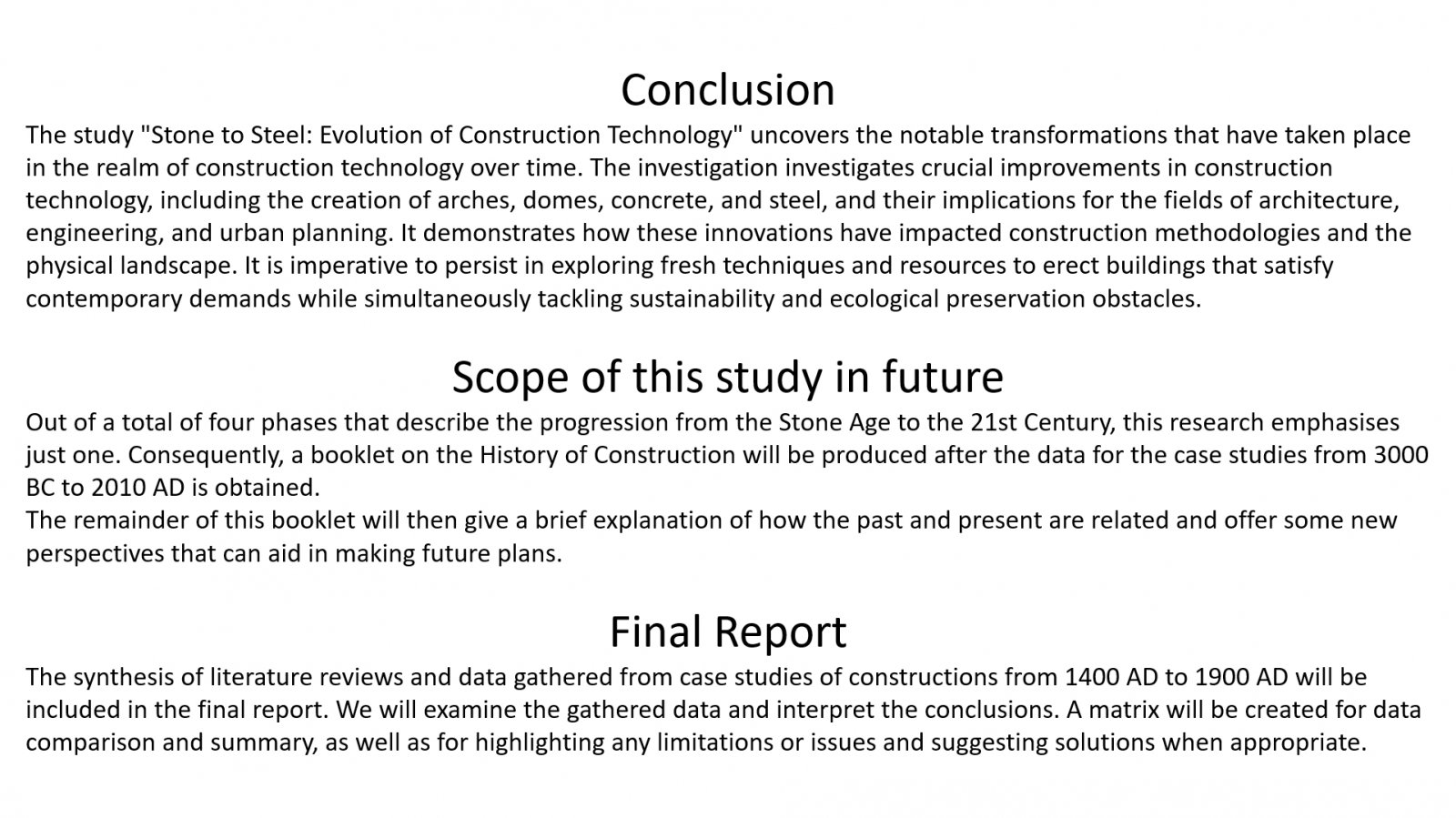Your browser is out-of-date!
For a richer surfing experience on our website, please update your browser. Update my browser now!
For a richer surfing experience on our website, please update your browser. Update my browser now!
The study "Stone to Steel: Evolution of Construction Technology" uncovers the notable transformations that have taken place in the realm of construction technology over time. The construction industry has a long and fascinating history, characterized by human innovation and progress. Beginning with simple mudbrick and wood structures in 6000 BC to 3000 BC, the construction techniques advanced over time, particularly during the Bronze Age, Iron Age, Gothic, Renaissance, and Industrial Revolution periods. Classical architecture experienced a resurgence during the Renaissance, while the Baroque style emerged, characterized by ornate decoration. The Industrial Revolution introduced new technologies like the steam engine, elevators, steel, and reinforced concrete, which enabled the construction of taller buildings and paved the way for mass production of building materials and large-scale industrial construction. The 19th century also saw the emergence of new architectural styles like Victorian and Art Nouveau. The period between the late 1800s and early 1900s, known as the "Chicago School" period, saw the rise of skyscrapers and the construction of large cities, marking the beginning of modern construction. The history of construction is not just about physical structures but also the progress of human civilization and the socio-economic factors that influenced it.
View Additional Work